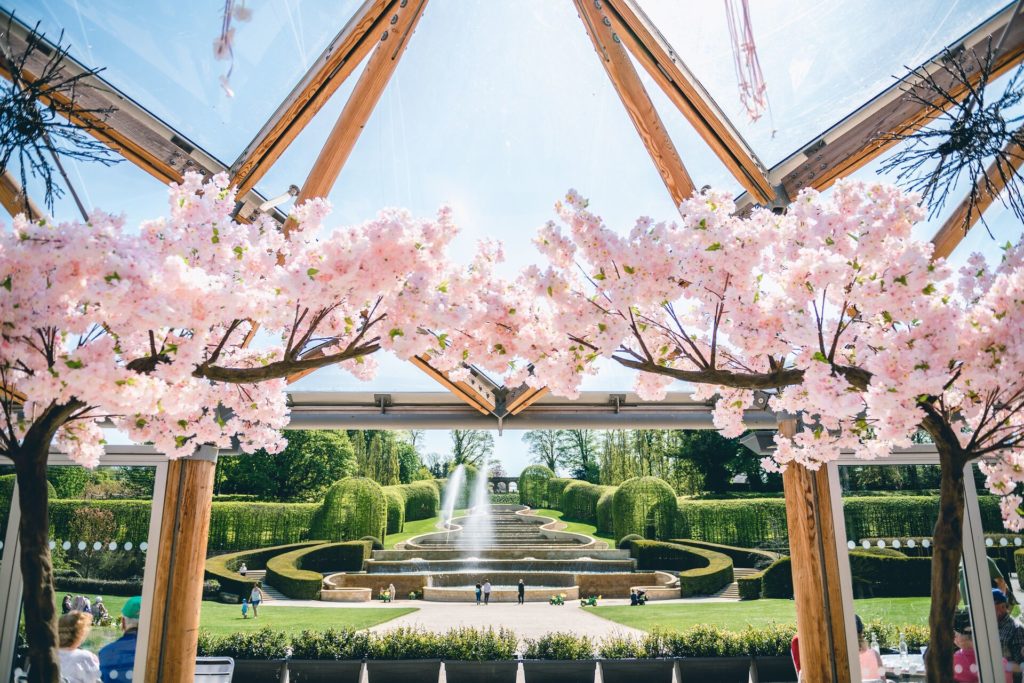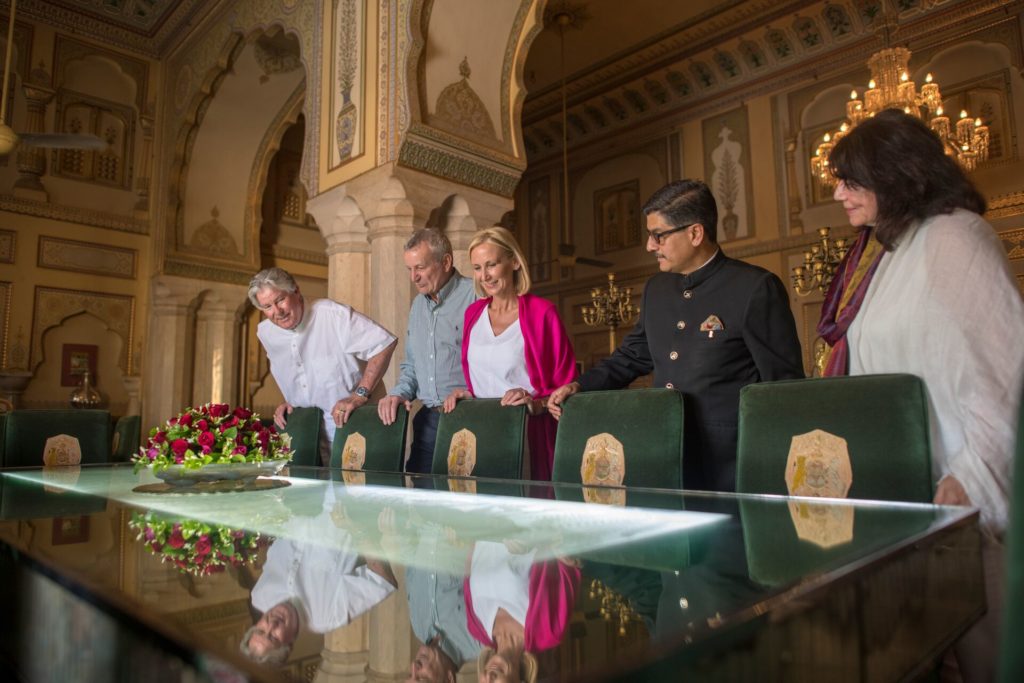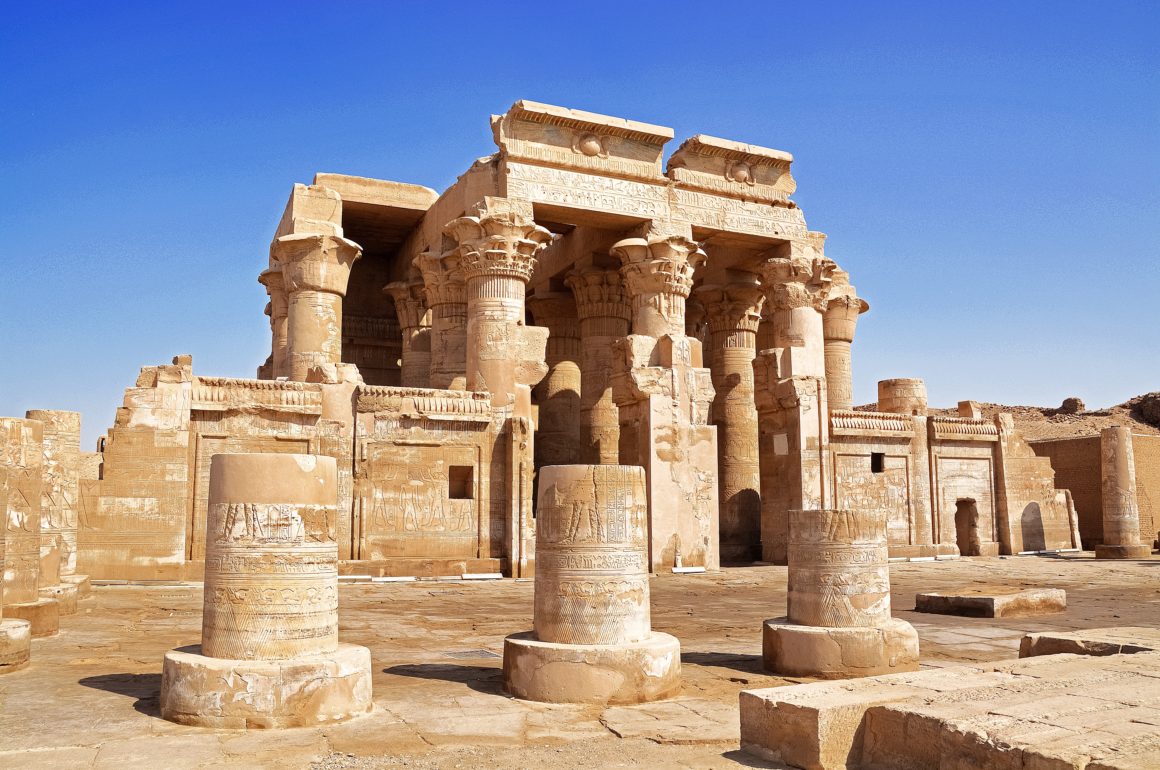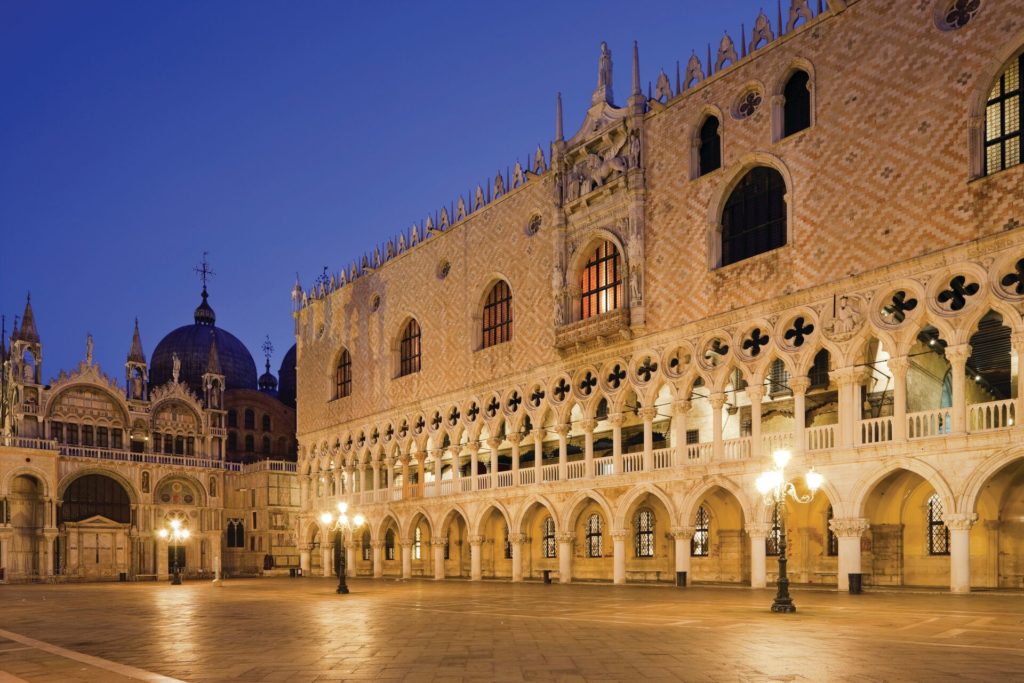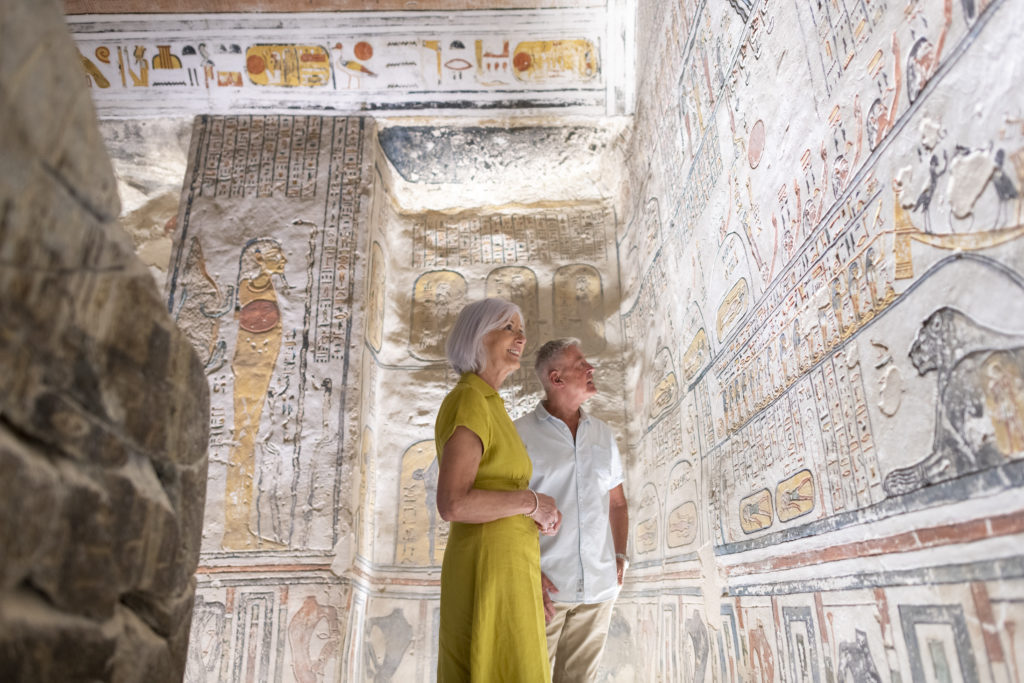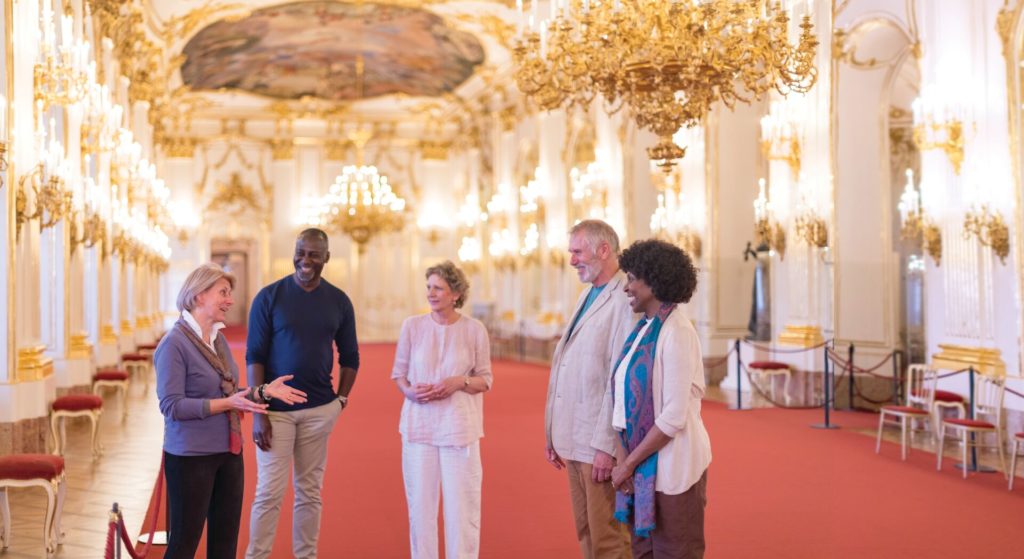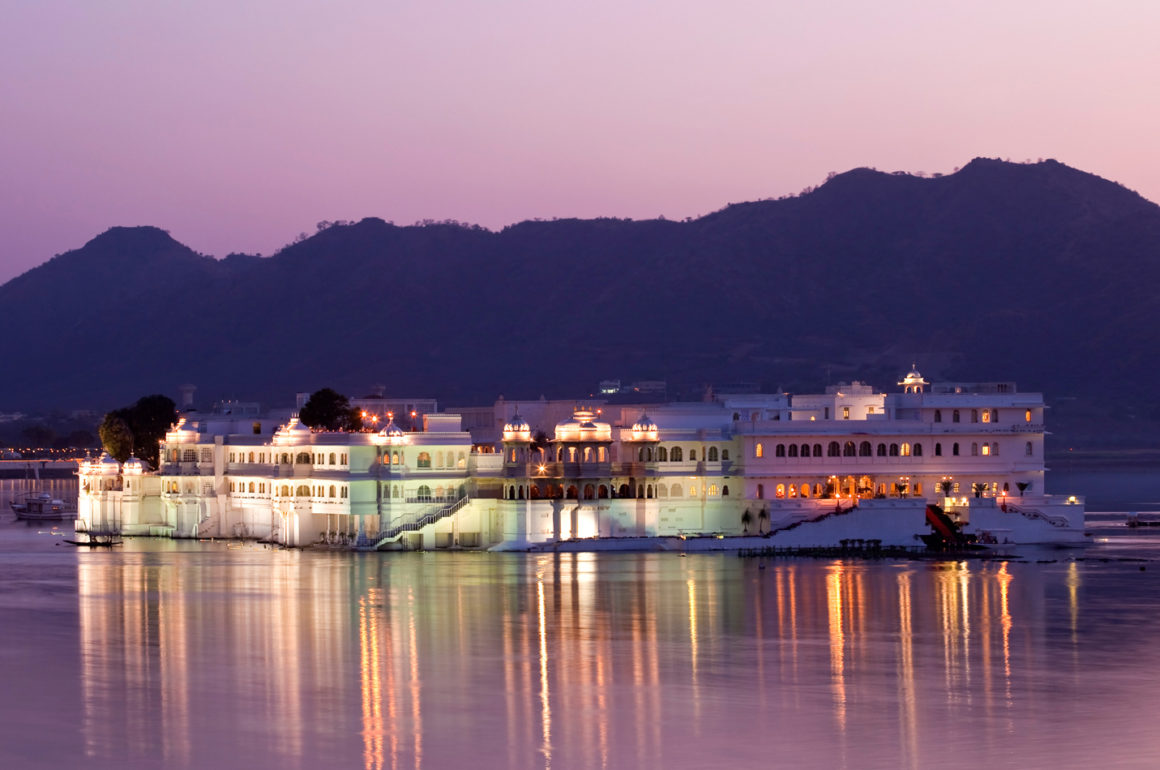A source of life and power for millennia the River Nile is rightfully known as the grandest river in the world. Its history, prestige and modern-day influence is rooted in its central role in the development of one of the world’s greatest civilizations. The Nile is not only a source of stunning scenery, but also a treasure trove of historic sites that provide a glimpse into the rich and fascinating history of Egypt.
A sacred river
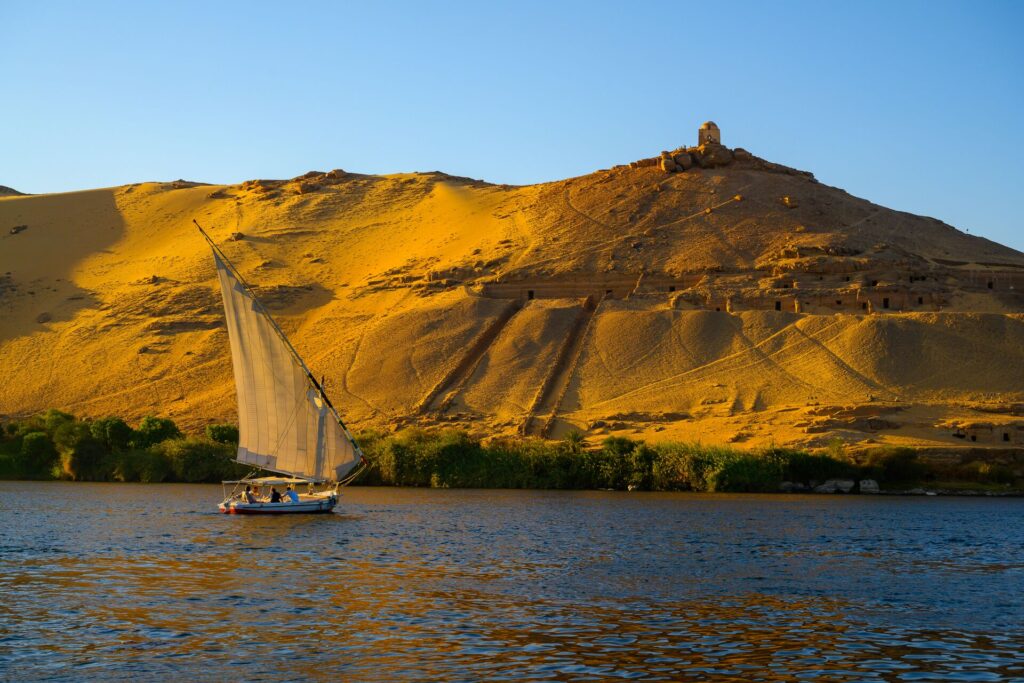
The Nile is the longest river in the world, stretching over 4,000 miles from its source in Lake Victoria to its mouth at the Mediterranean Sea. For thousands of years, it has been a vital lifeline for the people of Egypt, providing water for agriculture, transportation and trade. The river was also a key factor in the rise of ancient Egyptian civilization, with many of the country’s most iconic landmarks and monuments situated along its banks.
The Nile was not only a source of life for the people who lived along its banks but also a key factor in their social, political and economic systems. In ancient times, the Nile was worshipped as the god Hapi, who was believed to be the source of all life. The annual flooding was seen as a gift from the gods, as it provided the necessary water and nutrients to sustain crops and livestock.
For travel inspiration: Egypt destination guide
Known for its strategic importance
The Nile also provided a means of transportation for goods and people, which facilitated trade and commerce throughout the region. During the colonial period, European powers recognized the strategic importance of controlling the Nile and its tributaries. The Nile Valley became a focal point of international competition, and Britain, France and Italy vied for control of the region.
Today, the Nile remains a vital source of water, food, and energy for millions of people in Egypt, Sudan and other countries along its banks. The Aswan High Dam, completed in 1970, harnesses the power of the Nile to generate electricity and irrigate crops. It ended the cycle of flood and drought in the Nile River region, and exploited a tremendous source of renewable energy, but had a controversial environmental impact.
Discover this on: Elegance of Egypt
Sublime from the water
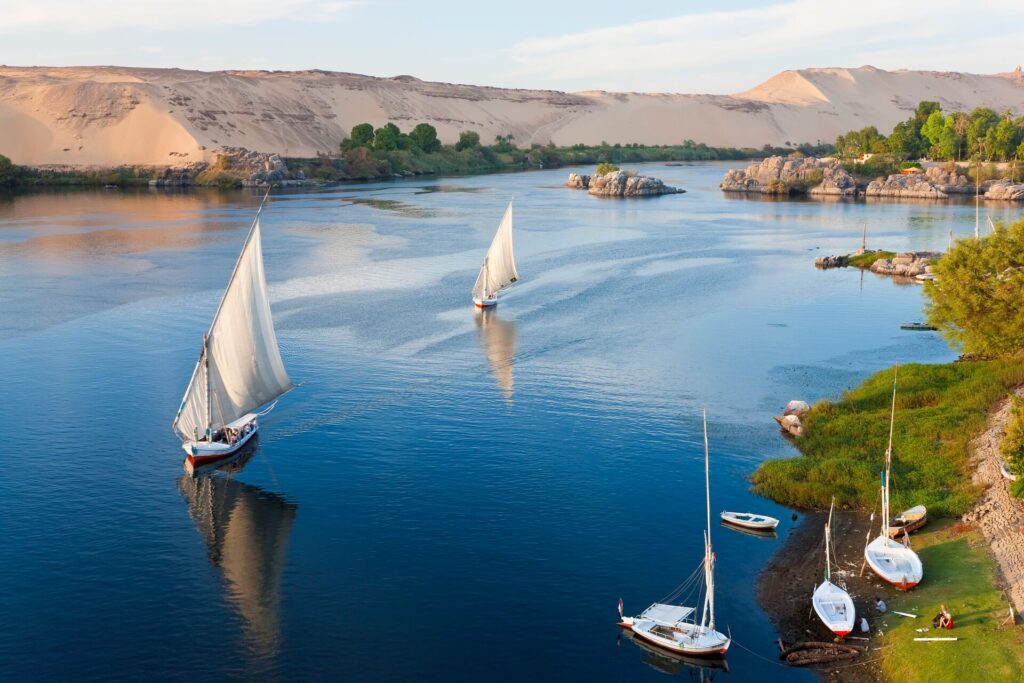
One of the best ways to experience the Nile is by boarding a luxury river cruise. From the comfort of your ship, you’ll be able to soak up the stunning scenery and visit some of Egypt’s most famous landmarks and historical sites.
As you cruise down the Nile, you’ll see why it is the grandest river in the world. Here you can relax and soak up the spectacular scenery. From the lush green banks of the river to the stark desert landscape beyond, the Nile offers a breathtaking variety of landscapes to admire. And as the sun sets over the river, the atmosphere becomes even more magical, with the sound of traditional music and the scent of exotic spices filling the air.
Discover this on: Elegance of the Nile
Cairo
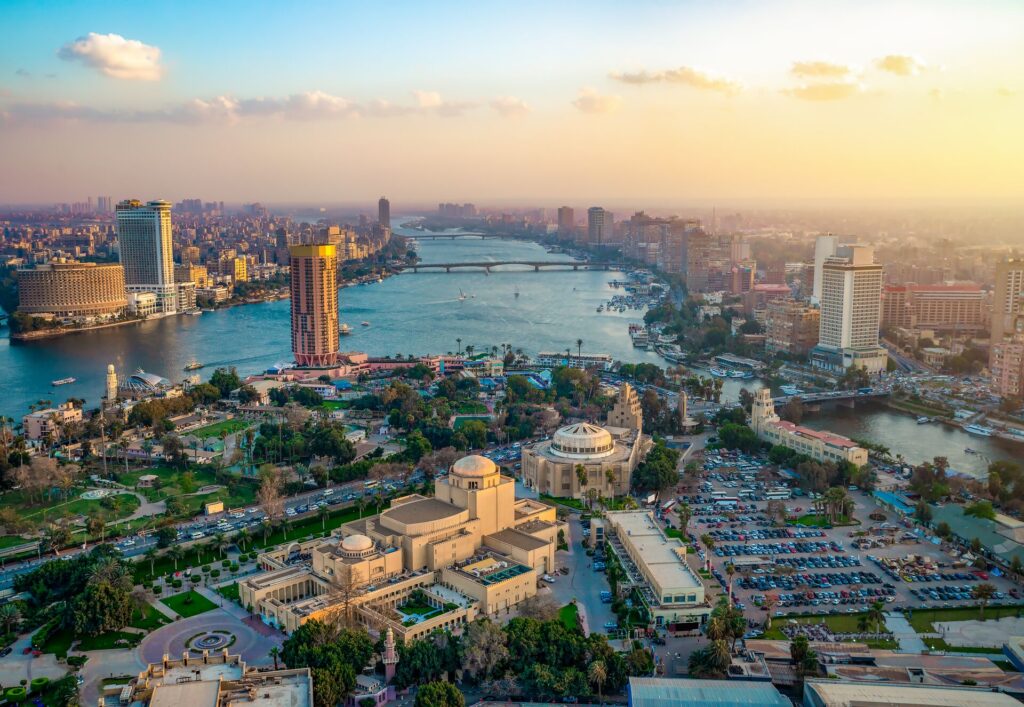
One of the major sights of the Nile is Cairo. The ‘City of a Thousand Minarets’ is the capital of Egypt and is one of the largest cities in both Africa and the Middle East. A city rich in history, museums and ancient artefacts, Cairo is also the place to indulge in exceptional hospitality and delicious cuisine.
Egyptian food is a mixture of all the different civilizations that came to Egypt. Savoury dishes, with aromatic spices enable you to taste all these cultures on one plate. In ancient times, the proximity of Egypt to the Middle East and the presence of the River Nile, made trade easy. Hence Egypt enjoyed produce from foreign countries as well, heavily influenced their cuisine.
Cairo is also famous for the Giza Pyramids Complex, which holds one of the Seven Wonders of the World – the Great Pyramid of King Khufu.
You may also enjoy reading: These are 2023’s most remarkable luxury travel trends
Giza – the Great Sphinx and the Pyramids
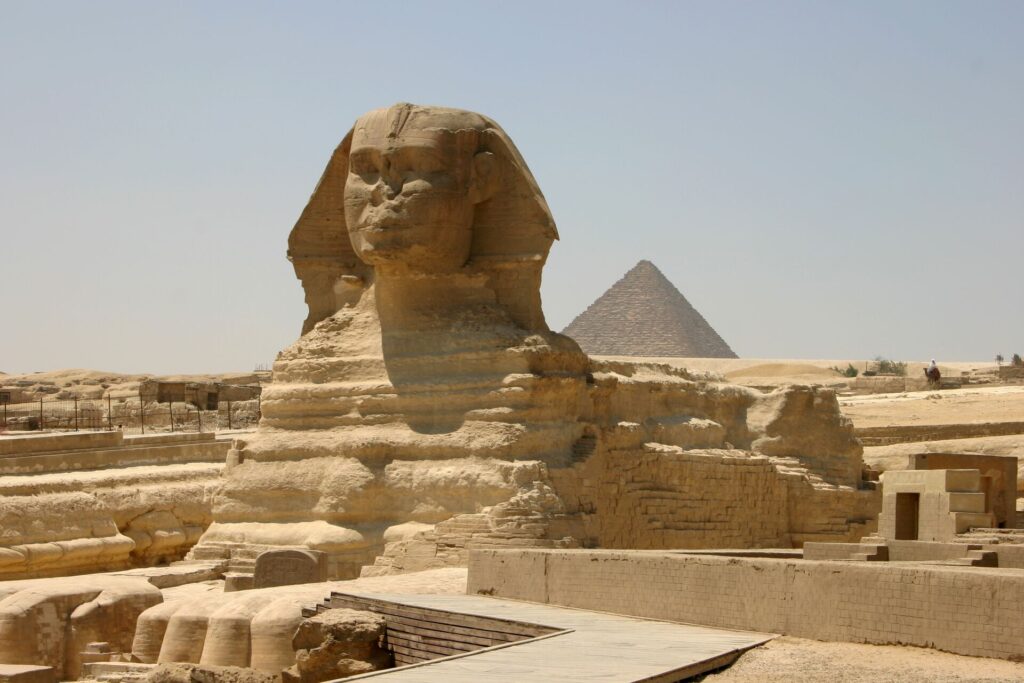
A spectacular landmark that can be seen from the Nile, the Great Sphinx of Giza is one of the most famous sculptures in the world. This magnificent statue of a lion with a human head is one of the most recognizable symbols of ancient Egypt, along with the great Pyramids. The Pyramids of Giza were built as tombs for the pharaohs Khufu, Khafre and Menkaure in the 26th century BCE. The Great Pyramid of Khufu is the largest and most famous, standing at over 480 feet tall.
Discover this on: Elegance of the Pharaohs
Read more: Six Spectacular Egyptian Temples
The Luxor Temple complex
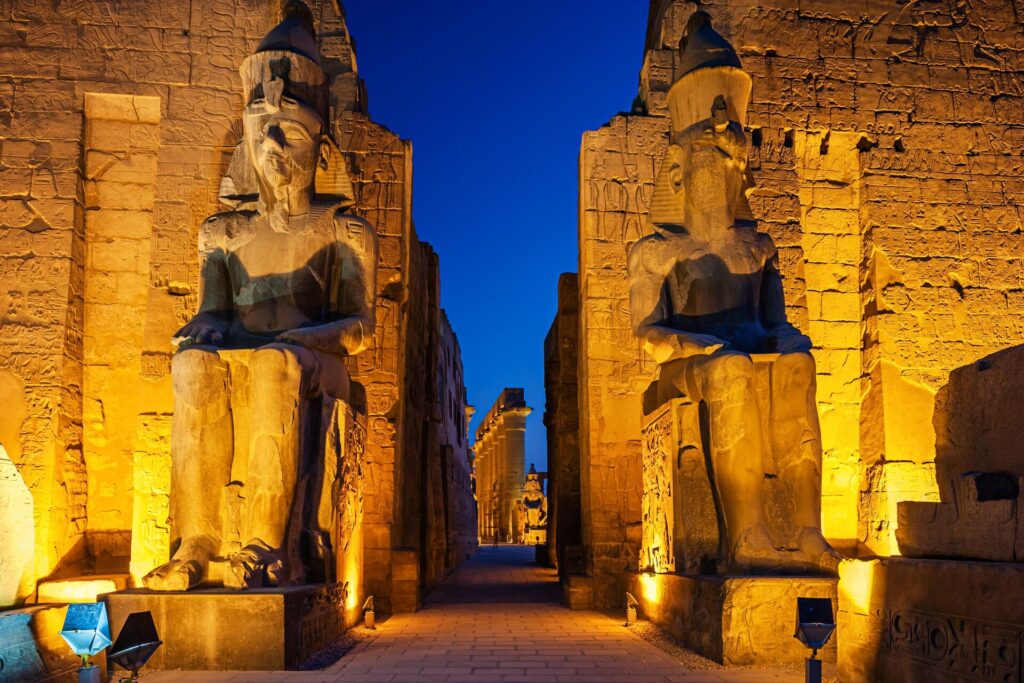
The spectacular Luxor Temple complex spans both banks of the Nile, the grandest river in the world, and houses seven great temples and monuments: Goornah, Deir-el-Bahari, the Colossi of Memnon, the Ramesseum, and Medinet Habu on the West Bank; and Karnak Temple and Luxor Temple on the East Bank. A stunning example of ancient Egyptian architecture and art, the temples were dedicated to the god Amun, his wife Mut and their son Khonsu.
This vast complex of temples and chapels was built over a period of 2,000 years and is one of the largest religious complexes in the world. Towering columns and intricate carvings reveal what life was like for the pharaohs and priests who once worshipped here. The avenue of sphinxes, which connects the temples to the Karnak Temple complex, is also a major highlight.
Read more: The personal touch: our top 5 curated luxury travel experiences for 2023
Kom Ombo
The Temple of Kom Ombo is another historic site along the Nile and was built in the 2nd century BCE during the Ptolemaic dynasty. The temple is unique in that it is dedicated to two gods: the falcon-headed Horus and the crocodile-headed Sobek. Its divided into two sections, each with its own entrance, hall and sanctuary.
One of the most interesting features of the Temple of Kom Ombo is the presence of a number of medical texts and surgical instruments. These artifacts suggest that the temple may have been used as a centre for healing and that the priests who served there may have been skilled in medicine.
Abu Simbel
Another must-see historical site along the grandest river in the world is Abu Simbel, located in southern Egypt near the border with Sudan. This UNESCO World Heritage site is home to two temples built by the pharaoh Ramses II in the 13th century BCE. The temples are famous for their colossal statues of the pharaoh, which are over 60 feet tall, and for their intricate carvings and hieroglyphs.
The most magnificent of the monuments Ramses II built, Abu Simbel is both the perfect example of the ambition of this pharaoh’s reign and also a model illustration of the achievements of modern engineering and global cooperation. Today, visitors here still crane their necks in disbelief at the behemoth temples just as the pharaoh’s subjects would have done when the temples were first raised.
The entire temple complex was transplanted from its original location and lifted piece by piece to its current site by an international UNESCO team working against the clock to preserve it from being flooded by the Aswan High Dam in the 1960s.
You may also enjoy reading: Slow and sustainable: The expectations of the luxury traveler in 2023 and beyond
To savor the riches of the Nile, the grandest river in the world for yourself, take a look at our limited-edition tours to Egypt. Whether you choose to cruise the waters or travel by land, enjoy luxurious accommodations, exceptional cuisine and first-class service every step of the way.






